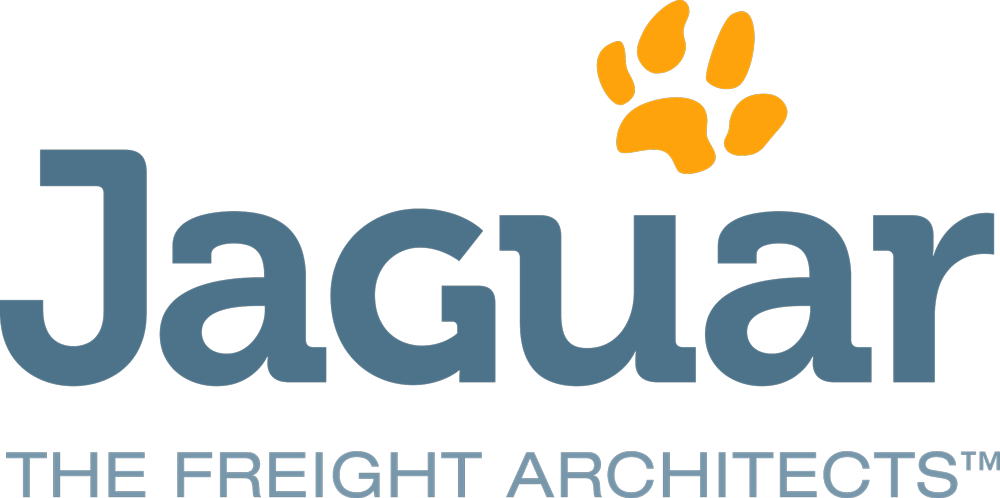
Headlines for Q2 2025
Geopolitics, Tariffs, and Fees… and more Uncertainty.
Global Ports
The Headlines: Another intersection (besides tariffs) of supply chain, the new US administration, and geopolitics has arisen with ports as the battle ground. The first was news of a US firm buying two ports outside the Panama Canal. Now fees threatened by the US on Chinese-built ships are adding to the uncertainty, as is the pressure the US is putting on other countries to follow suit.
What’s Important: Like tariffs, the uncertainty and inconsistency of messaging around the port fees is troubling for supply chains. No one should expect clarity anytime soon, but everyone should expect eventual changes that impact their trade lanes and costs. As frustrating as it is, staying up to date on what’s happening with fees needs to be a priority for all international businesses.
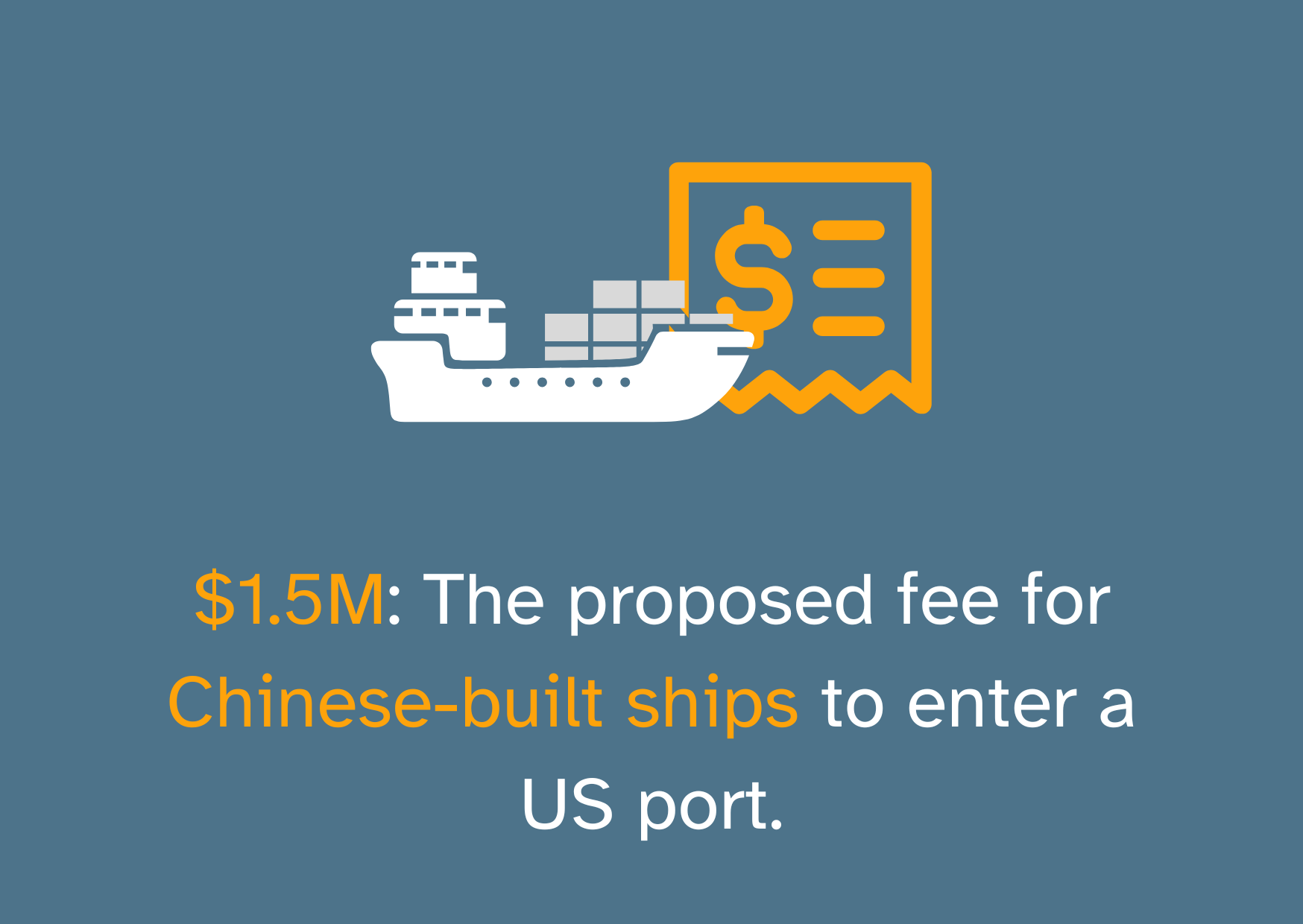
European Update
The Headlines: There is a lot happening in Europe. A glimmer of hope for an end to the War in Ukraine, growing complexity for European supply chains as countries’ approaches to sanctions begin to diverge, the possibility of reciprocal US tariffs, and a recovering economy.
What’s Important: US relations not withstanding, this is the most positive things have felt for European supply chains in a while. And if the Suez Canal can fully reopen, things would get better. The US actions taken on tariffs and China-built ship fees will be impactful, however, so predicting what the rest of 2025 holds is difficult until those issues are resolved.

Ocean Freight
The Headlines: Unsurprisingly, tariffs and fees are the big stories in ocean freight. Notable, and perhaps a sign of things to come is the $20B investment by CMA CGM in its US logistics operations. Supply chains are shifting for many reasons and central to most doing so successfully is a flexible ocean freight network.
What’s Important: It will not happen overnight, but ocean shippers should expect changes in 2025 and beyond. Tariffs will likely force sourcing changes for many companies. And port fees could alter how different trade lanes are serviced, and by which carriers… and the cost. Accepting that there are no easy answers to what your supply chain will look like in one year is unpleasant but necessary. What you can control is developing contingency plans and resiliency with your supply chain partners based on what information is available now.
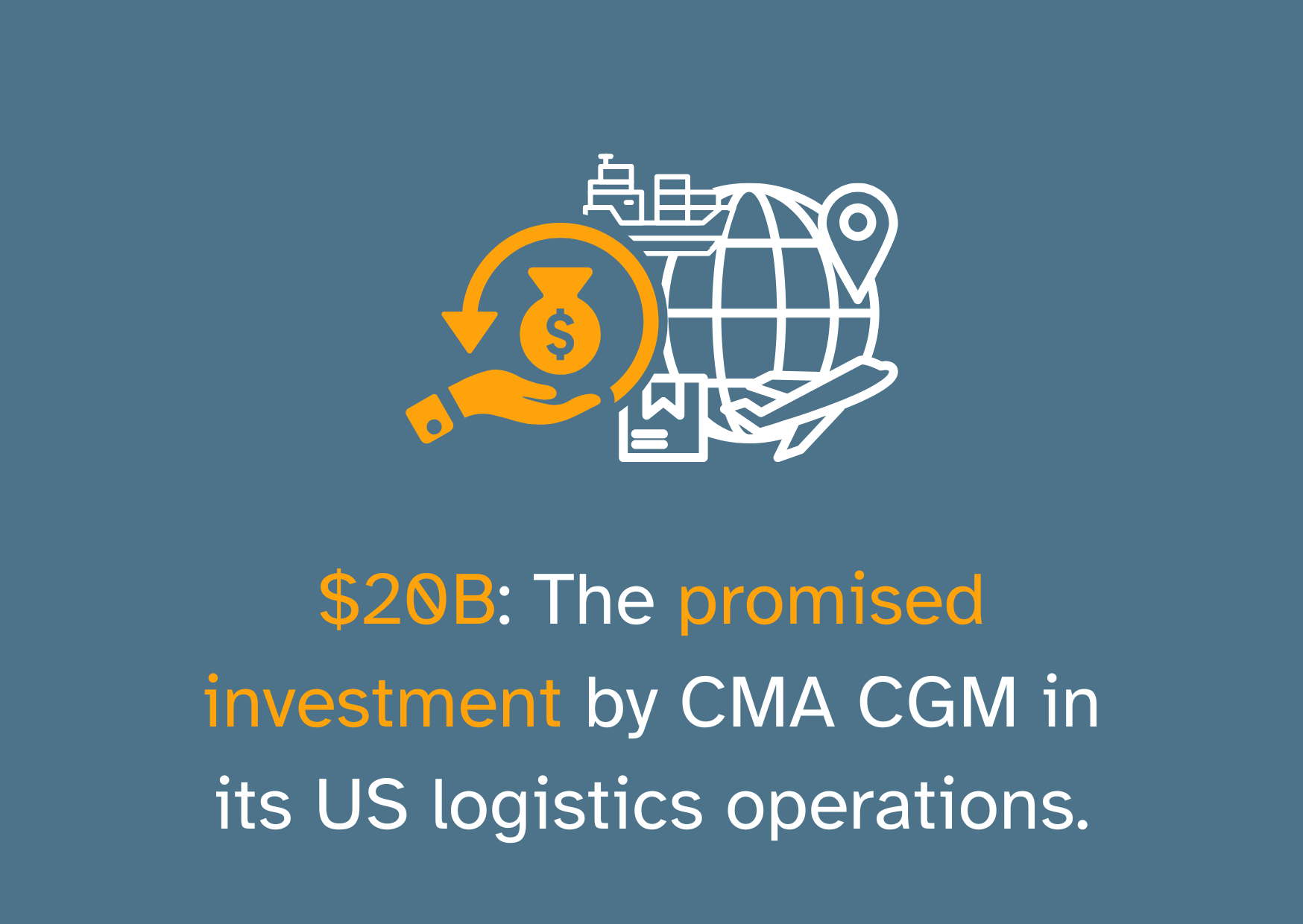
Air Freight
The Headlines: E-commerce has been credited with keeping air rates elevated. But some experts are predicting air freight rates could plummet – along with demand – if the US permanently suspends the exemption for de minimis goods. For now, the exemption remains in place but that could change at any time.
What’s Important: Add de minimis to the list of uncertainties for importers in Q2. Like tariffs, the suspension of the exemption is more of a when, not if, situation. Regardless, companies should expect some volatility with air rates in Q2, so watching trends closely and looking for alternate sourcing locations and routing options should be a priority.
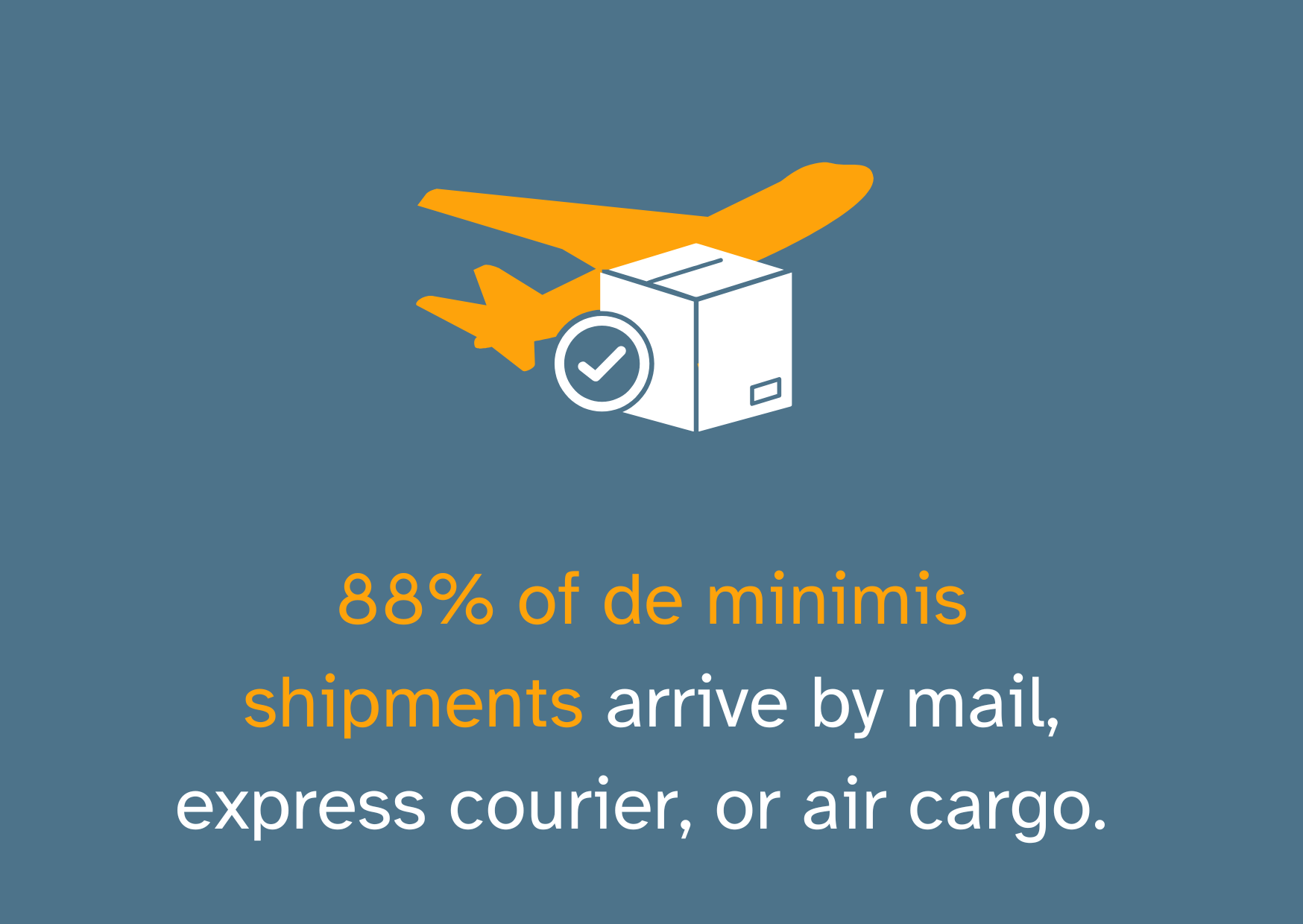
N. America Inland Trends
The Headlines: Signals are that the hoped for trucking recovery is on hold for Q2 as US consumers are dialing back spending. Concerns exist that ICE crackdowns could affect the OTR driver shortage, therefore reducing capacity and potentially increasing rates.
What’s Important: Domestic trucking (from the carrier’s perspective) has been in a recession for a few years and until recently there was hope a recovery was on the way. The good news is that shippers are likely to enjoy low rates for the foreseeable future. It may be a good time to lock in longer term rate agreements in what is definitely a shipper’s market for TL in the US.
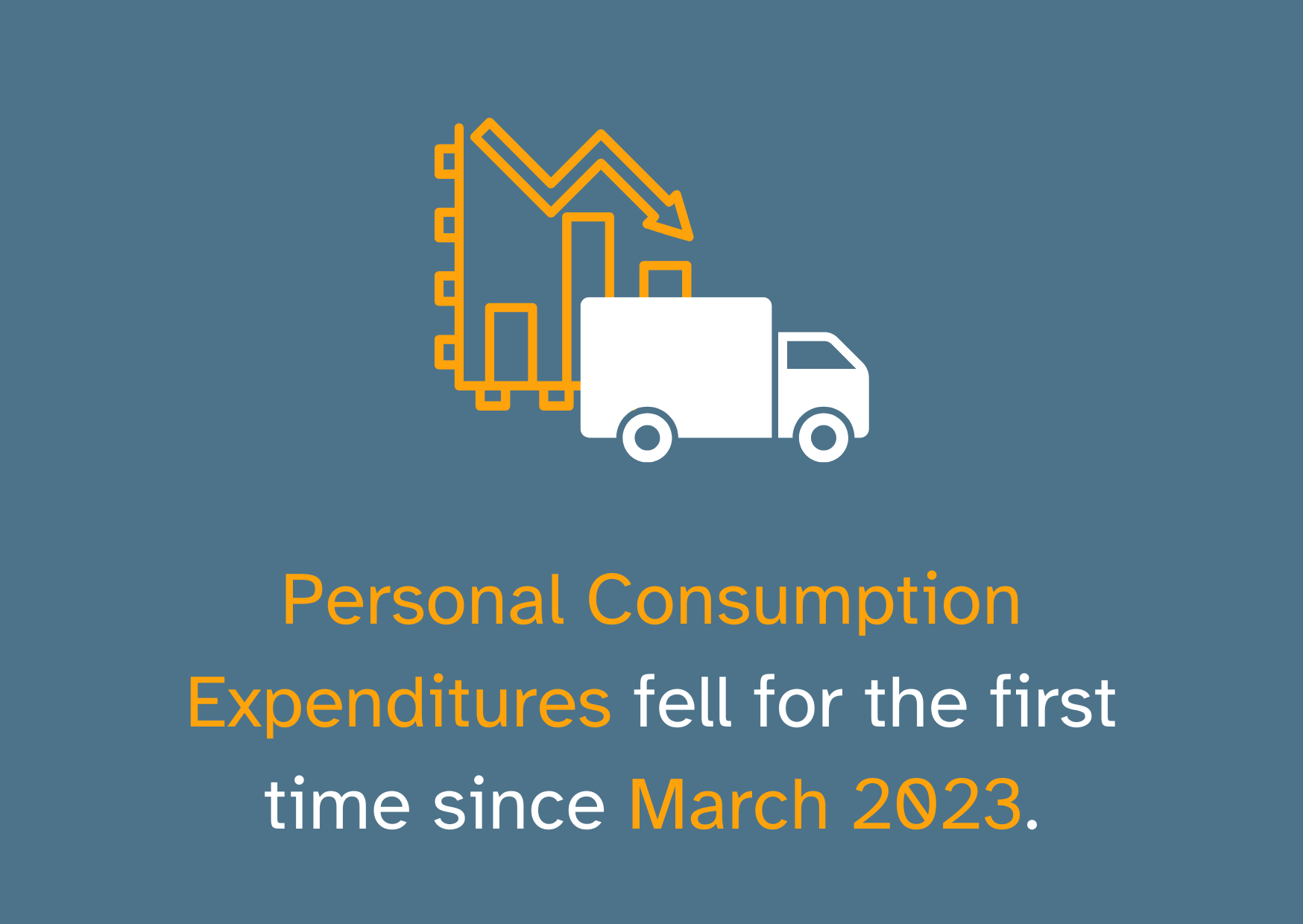

U.S. Logistics Manager’s Index
The Headlines: Growth is INCREASING AT AN INCREASING RATE for: Inventory Levels, Inventory Costs, Warehousing Utilization, Warehousing Prices, and Transportation Capacity. Growth is INCREASING AT A DECREASING RATE for: Warehousing Capacity, Warehousing Utilization, Transportation Utilization, and Transportation Prices.
What’s Important: So far 2025 stands in stark contrast to the more JIT inventory patterns of 2024. According to the Index, it is likely that this increase has been at least partially driven by continually shifting trade policies. Supply chains are straining to shoulder both the volume and velocity of inventory that poured into the US as companies attempted to avoid costs associated with potential tariffs. Because we are at an inflection point with tariffs, we’re expecting to see big changes in next quarter’s TMI.
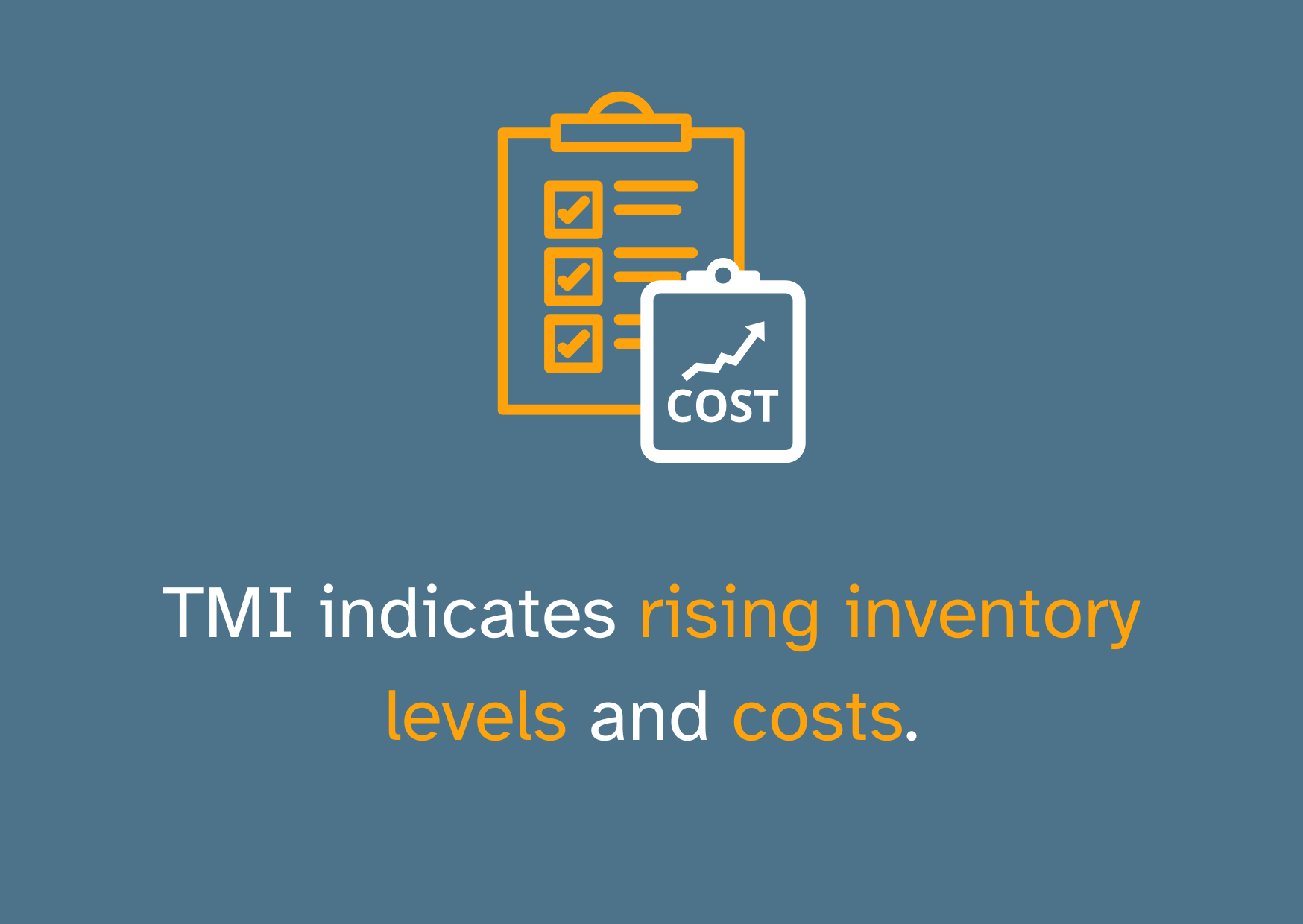
Supply Chain Risk (LMRI)
The Headlines: Supplier Risk ranked as the highest overall risk this quarter at 87.50—the highest level recorded since the LRMI started in 2020. This reflects growing concerns over sole-source suppliers, geographic concentration, supplier quality issues, and price volatility. Economic Risk showed the largest increase, from 67.98 to 84.52. This sharp jump indicates heightened concern about rising energy costs, global energy shortages, price instability, and border delays
What’s Important: For the first time, 9 out of the 10 tracked risks increased in a quarter, underscoring a broad rise in perceived supply chain threats. Government Intervention Risk also rose significantly to 80.52, suggesting understandable concern over new regulations, tariffs, and trade restrictions
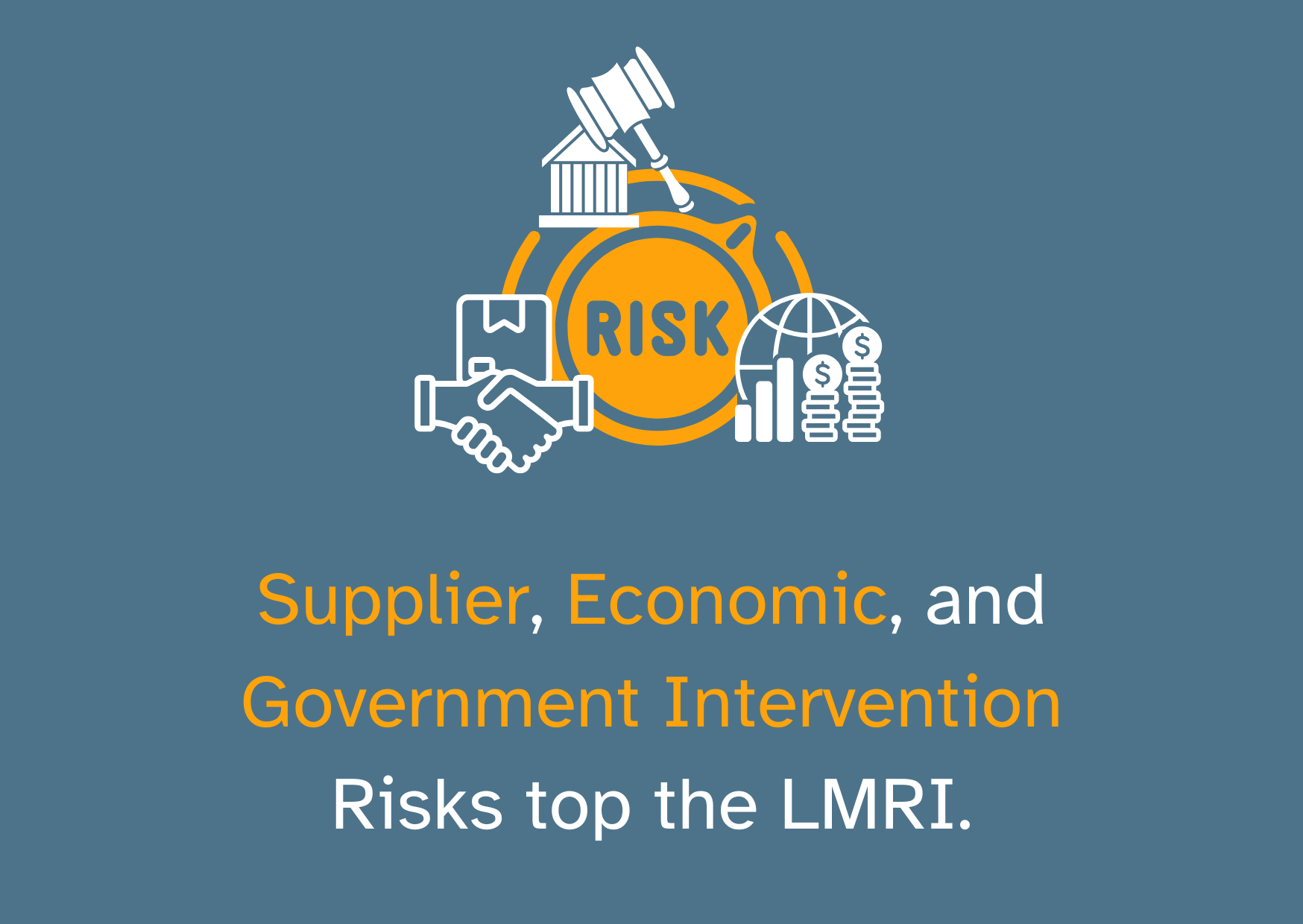
Tariffs and the Supply Chain
The Headlines: Everyone’s head is spinning trying to keep up with the latest tariff announcements. As it stands, the actual tariffs that have gone into effect include 25% on Mexico and Canada (with some caveats) and other additional amounts for China. All three have announced or are planning their own retaliatory tariffs. The President has stated intent for reciprocal tariffs on a large list of other countries for April.
What’s Important: There is no simple answer for what supply chains can do right now to deal with the looming tariffs. The fact of the matter is that political rhetoric is not official government policy. But, staying on top of what’s being discussed is still important. Jaguar Freight is offering a free 30-min legal consultation for interested companies. You can sign using our contact page, just enter Tariff Consultation into the form – Click Here.


